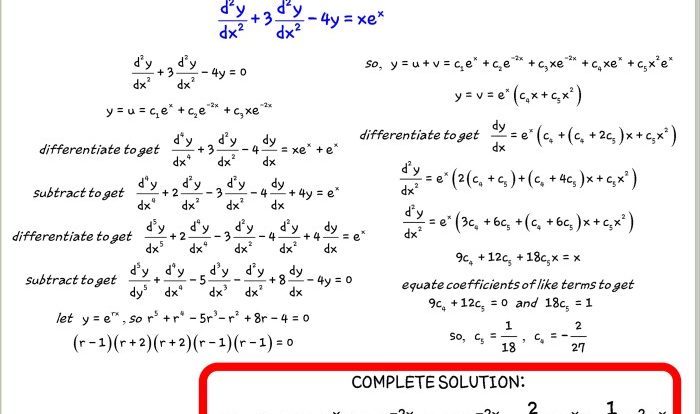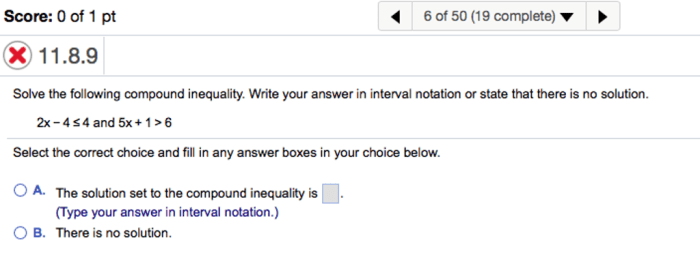Delving into the realm of mathematics, the Collections Textbook Grade 10 PDF emerges as an indispensable resource, providing a comprehensive exploration of sets, bags, lists, and arrays. This meticulously crafted textbook unravels the intricacies of collection theory, empowering students with the knowledge and skills to navigate the complexities of mathematical concepts.
As we embark on this intellectual journey, we will delve into the fundamental principles of collections, uncovering their significance in various mathematical disciplines. Through real-world examples and interactive exercises, we will gain a profound understanding of how collections facilitate problem-solving and enhance our mathematical prowess.
1. Collections Textbook Grade 10 Overview

Collections are fundamental mathematical structures that organize and represent data in a structured manner. They provide a way to group objects based on common characteristics and perform various operations on these groups.
Collections are essential in mathematics as they allow for the study of relationships between elements, the analysis of data patterns, and the development of mathematical models. They have wide-ranging applications in fields such as computer science, statistics, and operations research.
Types of Collections
There are various types of collections, each with its unique characteristics and operations:
- Sets:Collections of distinct elements without any particular order.
- Bags:Collections of elements that can have multiple occurrences, without any order.
- Lists:Ordered collections of elements where the order of elements matters.
- Arrays:Ordered collections of elements that are stored in a contiguous block of memory.
Collection Operations
Collection operations are actions that can be performed on collections to manipulate their elements and obtain meaningful information:
- Union:Combines two collections into a new collection containing all the elements from both.
- Intersection:Creates a new collection containing only the elements that are common to both input collections.
- Difference:Produces a new collection containing elements that are in the first collection but not in the second.
- Complement:Forms a new collection containing elements that are not in the original collection (with respect to a universal set).
Applications of Collections in Mathematics, Collections textbook grade 10 pdf
Collections are extensively used in various mathematical concepts and applications:
- Probability:Collections represent sample spaces and events in probability theory.
- Statistics:Collections are used to organize and analyze data in statistics.
- Graph Theory:Collections represent vertices and edges in graphs, enabling the study of network structures.
Visualizing Collections
Visualizing collections can enhance understanding and simplify problem-solving:
- Table:A table can compare different types of collections, highlighting their characteristics and operations.
- Diagram:A diagram can represent the relationships between different collection operations, providing a visual representation of their effects.
- Flowchart:A flowchart can demonstrate the process of solving a mathematical problem using collections, illustrating the steps involved and the use of collection operations.
FAQ Guide: Collections Textbook Grade 10 Pdf
What is the significance of collections in mathematics?
Collections play a crucial role in mathematics, providing a structured way to organize and manipulate data. They facilitate the representation of complex relationships and enable the development of mathematical models that accurately describe real-world phenomena.
How can I use collections to solve mathematical problems?
Collections offer a powerful tool for solving mathematical problems. By understanding the operations and properties of different collection types, you can effectively organize and analyze data, identify patterns, and draw meaningful conclusions.
What are the different types of collections?
Common types of collections include sets, bags, lists, and arrays. Each type possesses unique characteristics and operations, making them suitable for specific mathematical applications.





